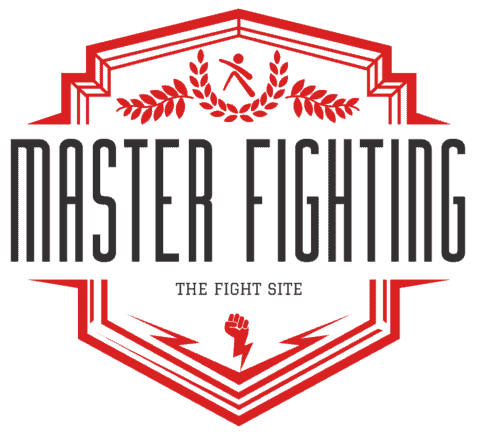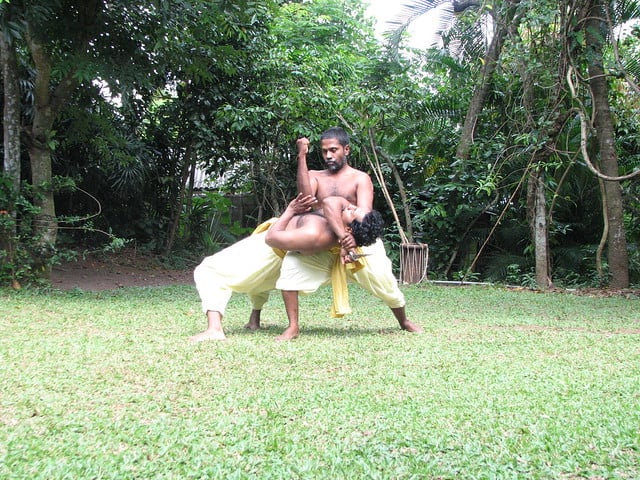What Is Hapkido?
Hapkido, developed by Choi Yong-Sool in Korea, is a martial art that focuses on defense rather than offense, and is designed to neutralize an opponent through a range of techniques. Hapkido incorporates strikes, kicks, locks, throws, groundwork and weapons.
Hapkido gives the student a solid base in different forms of defense, and roots the strategy of that defense in dynamic, physic and natural principles. These give the student a solid framework on which to develop their skills so that they are not caught off-guard when in real defense situations.
It is designed to allow a martial artist to rapidly subdue an opponent and render any attacker completely incapable of causing harm. For this reason, it is very popular among private security and law enforcement agents throughout the world.
Hapkido Origin
The true origin of Hapkido is often contested so I am sticking with the the standard origin story. The founder of Hapkido was Choi Yong-Sool. Choi was abducted and taken to Japan, during the Japanese occupation of Korea, as a slave when he was 8 years old by a merchant. After he reached Japan, he was sold to Takeda Sokaku the founder of Daito Ryu Ju Jitus as a slave. He served Sokuku for approximately 30 years. Choi claims that he eventually went by a Japanese name and trained under Takeda.
As the years went on Choi added punches and specialized strikes and low kicks to what he learned from Takeda Sokuk. Choi used a number of different methods to intentionally develop immensely strong fingers, hands, wrists and elbows. This experimentation was the source of a number of Hapkido striking techniques.
In particular the alleged eagle claw technique is almost forgotten today. It is actually the reason that Hapkido uses the symbol of an attacking eagle descending with its claws outstretched.
After Sokaku’s death, Choi returned to Korea where he founded Hapkido, a name that one of his students created. Allegedly he opened his first school in Korea after the son of a brewery owner, Suh Bok-Sub who was a black belt in judo, witnessed him win a fight using Hapkido techniques against multiple assailants and asked to become a student and supplied the space for the school.
Hapkido Meaning
Hapkido is most often translated as “the way of coordinating energy”, “the way of coordinated power”, or “the way of harmony”. Hap means “coordinated”, “joining”, or “harmony”; ki literally means air, gas or breath but is used to mean spirit or so-called ‘internal energy’; and do means “way” or “art”, giving a literal translation of “joining-energy-way”.
Hapkido Techniques
Hapkido techniques cover offensive and defensive situations, against single and multiple attackers, standing, ground and airborne positions. Stances are transitional from defensive to attacking. There are hundreds of techniques covered throughout the original Hapkido curriculum, which when intuitively combined can create thousands of variations.
Hapkido Punches
Hand strikes include palm, fist, wrist and finger techniques; pressure point strikes; strikes using the arm or shoulder; blocking and deflecting.
Hapkido Throws
Body throws; Leg throws; Pressure point attacks and grappling; Defense against throws; Ground fighting.
Hapkido Joint Locks
Restraining techniques; Joint breaking; Combination joint locking; Opponent control and arresting techniques suitable for Law Enforcement.
Hapkido Kicks
Basic kicks; spinning kicks; jumping kicks; combination kicking; double leg kicks; kicks to pressure points; other specialty kicks.
Hapkido Blocks
Hapkido blocks are intended to deflect the strikes of an attacker and set up an opportunity for a counter attack. Hapkido blocks consist of: Low block, High block, Outward middle block, Inward middle block, X block, Downward palm block
Hapkido Belts
Hapkido belts vary from school to school. In most Hapkido systems, the level of skill attained by a student is designated by a colored belt worn around the waist. Color-belt ranks below black belt are called grades (kup in Korean). The black-belt ranks are referred to as degrees or dans.
Hapkido Weapons
Weapons practice is common in Hapkido. A wide range of weapons are utilised including some that are less common in other martial arts such as fan, cane and rope or belt techniques. Below is a table of the weapon techniques used in Hapkido:
| Mukisul | Weapon Techniques |
|---|---|
| Boochaisul | Fan Techniques |
| Bongsul | Staff Techniques |
| Dangum | Wooden Practice Knife |
| Danbong | Short Staff |
| Gumsul | Sword Techniques |
| Jeepangesul | Cane Techniques |
| Mokgum | Wooden Sword |
| Phobaksul | Rope or Belt Techniques |
| Waegum | Japanese Sword |
Are There Forms In Hapkido?
There are no forms in Traditional Hapkido. There may be some exceptions to the rule however, with some schools choosing to use their own forms as an additional training tool,
Is Hapkido Effective
Almost any martial art will be effective for self-defense if you study it diligently. Is Hapkido especially effective? I would say it depends on the instructor. A good instructor is often more important than a “good art”. Overall, Hapkido is a good choice for self defence.

Author Bio
Hi, I am William. I started out in martial arts with Goshin Ju Jitsu when I was 7 years old. I am passionate about martial arts and love sharing everything I learn. I created Master Fighting to become a resource for learning about martial arts and alternative fighting styles. Learn more about me.






